Mold On Plants
Garden vegetables and many flowering annual plants are often affected by white mold. Next comes another watering more and more.
 How To Treat Powdery Mildew On Plants
How To Treat Powdery Mildew On Plants
Increasing air circulation around.
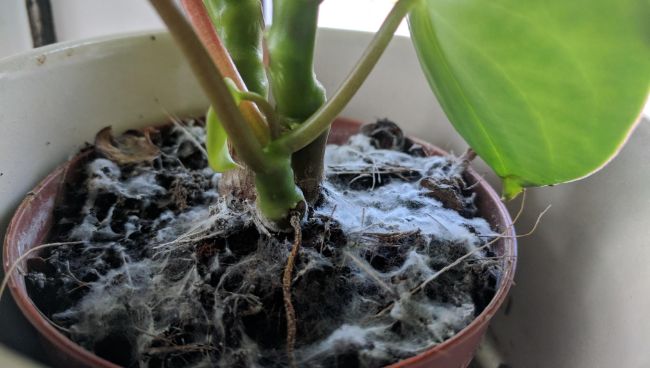
Mold on plants. Mix one tablespoon of baking soda with a teaspoon of vegetable oil and one teaspoon of liquid soap not detergent to a gallon of water. Mold is everywhere so its easy for it to take up residence in your seed trays. The symptoms of white mold include leaf die off stem wilt and white fluffy growth on affected plant material.
A homemade solution of. Powdery mildew is a fungus that looks like flour dusted on plants often in circular spots. Mold is usually only found on the surface of the soil so you can gently scoop the top layer of the contaminated soil out of the pot.
You might find mold on houseplant soil after bringing your plants in for the winter or it might grow in containers that are inside year-round. Powdery mildew or white fuzzy mold on plants is commonly caused by the fungal pathogen Podosphaera xanthii. If left untreated grey mold can kill the entire plant.
White fuzzy mold appears on plant soil due to moisture issues. Black hard pencil size structures on diseased plant parts. Plants that are notably susceptible include lilacs flowering crab apple trees phlox red bee balm plants roses squash cucumbers and more.
White mold called Sclerotinia sclerotiorum is a common fungus that infects more than 350 species of plants. Mold is a persistent problem when gardening especially when you are starting seeds indoors. To get rid of powdery mildew youll need a fungicidal spray.
When you overwater your plant it does not always have time to absorb it in time. White fuzzy mold on plant soil spoils the appearance of your houseplants but it is less dangerous than it appears. This develops into sclerotia.
It typically grows in honeydew which is a secretion that comes from different pests that could infect your garden. What is white mold. Sooty mold belongs to the plant mold family.
The fungal disease creates a powdery white growth on plant leaves and stems. Then proceed to remove the mold from the actual plant. You can wipe the plant down with a damp kitchen towel or cloth a.
However as the fungal growth spreads the white stuff can cover the entire plant. Infected areas on the plant enlarge quickly causing tissue collapse. As a result the constant accumulation of excessive moisture insufficient drainage and blockage of the drainage holes in the pot leads to mold development.
Spray on plants every one to two weeks. Grey mold appears as dusty gray spores and is generally found near the soil surface or in the densest areas of the plants foliage. Caused when the airborne spores of the fungus Botrytis land on open wounds of the plant or diseaseddying tissue.
Over-watering poor drainage or poor light can cause mold to appear on houseplant soil. In most cases the mold will not kill an established plant but it can weaken the plant and reduce the output of vegetation as well as spread to other plants. Be aware that this mix can burn the leaves of plants so you will need to put it in a sprayer and spray the plants evenly.
But it also attacks. Its often found on edibles such as beans peppers and lettuce. The main reason for mold in plant soil is excessive watering.
It can pop up on new additions to your urban garden or it can appear on established members of your leafy collection. Infected leaves can twist break turn yellow and dry out. Sooty mold appears on plants and any objects or structures in the near vicinity of affected plants as a dark gray to black soot-like powdery coating that forms on the outer layer of plants specifically on the branches leaves fruit and anything else in the general area of the plant or plants in question.
At the start the white mold looks like powdery spots. The same moist and warm conditions that plants need to grow also encourages mold to form. Mold occurs on soil for a.
The white mildew-type of fungus is usually harmless. It most commonly appears on leaves but can also attack stems flowers and fruit. Powdery mildew fungi can be found anywhere but it thrives particularly well in climates where there are extended periods of.
Aphids and scales are two pests that secrete honeydew. When these pests infest your plants they cover the leaves and stem of your plants in honeydew. Over time plant death occurs.
 How To Get Rid Of Mold In Houseplant Soil Smart Garden Guide
How To Get Rid Of Mold In Houseplant Soil Smart Garden Guide
 3 Ways To Get Rid Of Mold On Houseplants Wikihow
3 Ways To Get Rid Of Mold On Houseplants Wikihow
 White Mold How To Identify Control And Prevent Garden Fungus Diseases The Old Farmer S Almanac
White Mold How To Identify Control And Prevent Garden Fungus Diseases The Old Farmer S Almanac
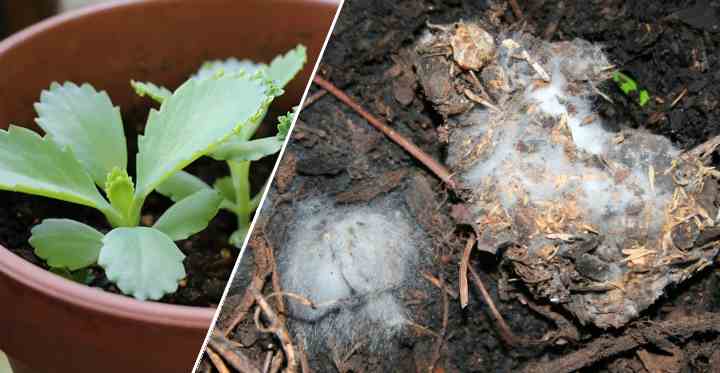 Mold On Plant Soil How To Get Rid Of Mold On Houseplant Soil
Mold On Plant Soil How To Get Rid Of Mold On Houseplant Soil
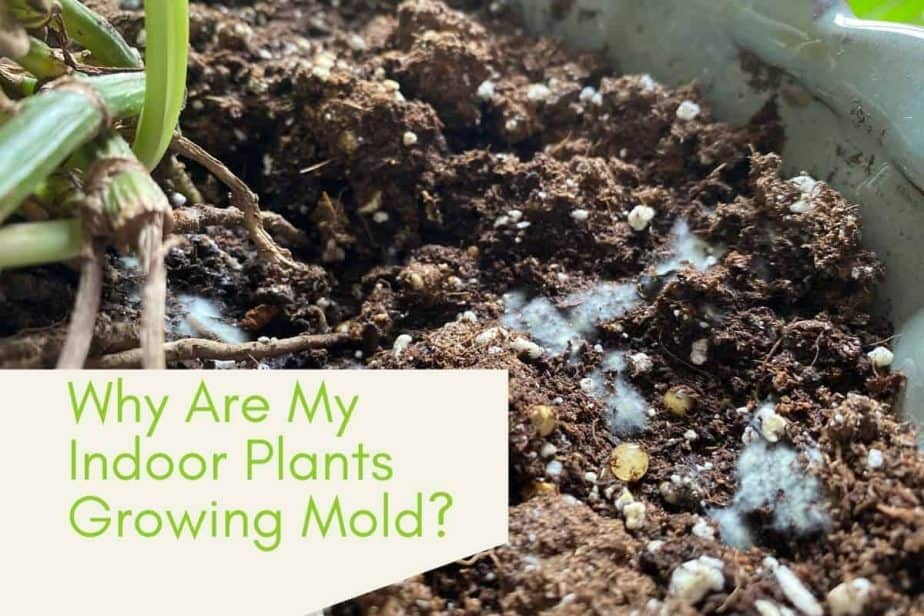 Why Are My Indoor Plants Growing Mold Indoor Plants For Beginners
Why Are My Indoor Plants Growing Mold Indoor Plants For Beginners
 Fuzzy Mold Growing In Most Of My Indoor Plants Plants Seem To Be Healthy But I M Wondering What If Anything I Should Do Gardening
Fuzzy Mold Growing In Most Of My Indoor Plants Plants Seem To Be Healthy But I M Wondering What If Anything I Should Do Gardening
 How To Get Rid Of Mold On Plant Soil Prevention And Treatment Tips Garden For Indoor
How To Get Rid Of Mold On Plant Soil Prevention And Treatment Tips Garden For Indoor
 Common Plant Diseases Treatments Plant Diseases Plant Pests House Plants
Common Plant Diseases Treatments Plant Diseases Plant Pests House Plants
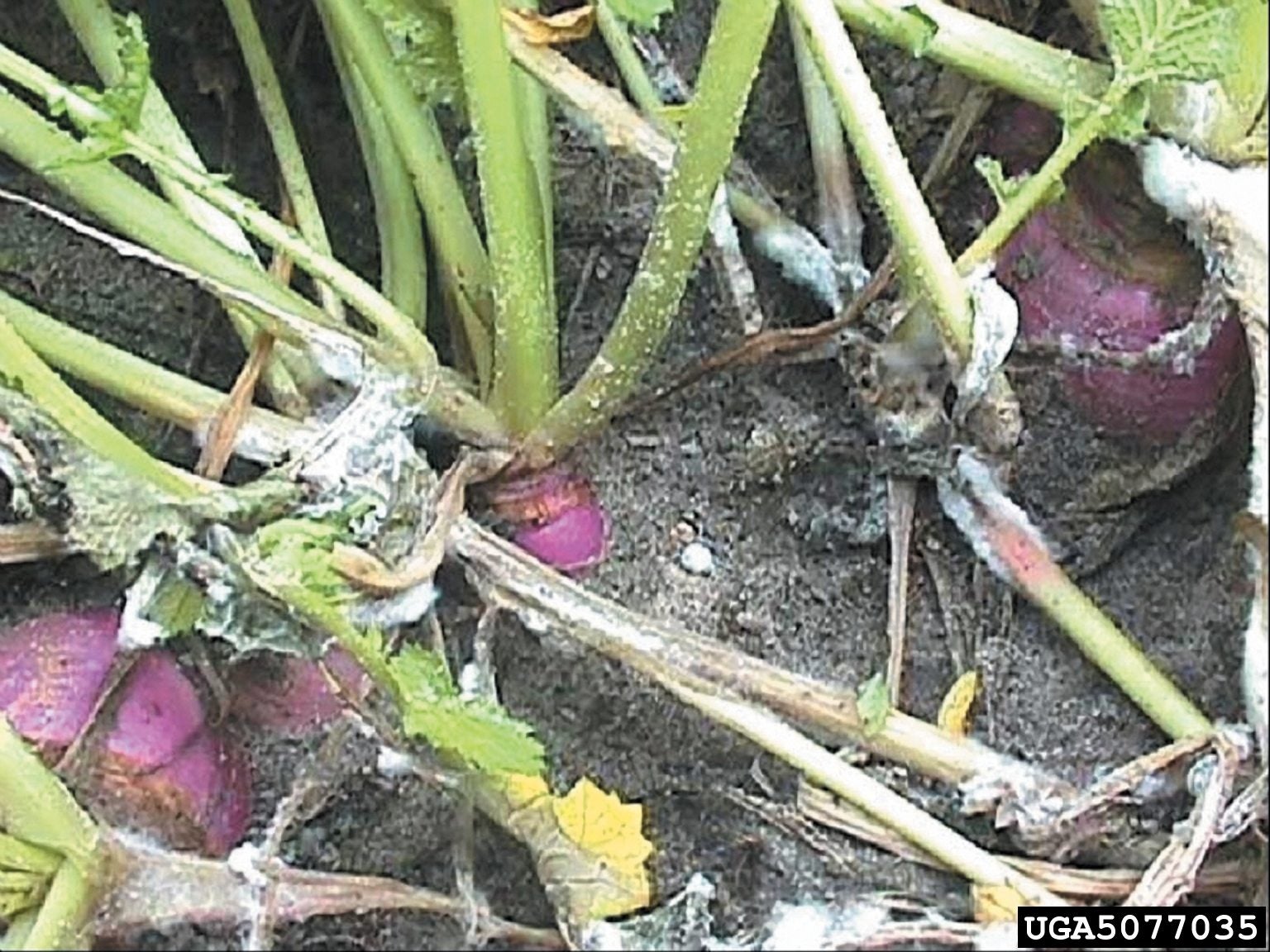 White Mold Information Recognizing Symptoms Of White Mold On Plants
White Mold Information Recognizing Symptoms Of White Mold On Plants
 Houseplant Mold Identify Remove And Prevent Unwanted Mold On Indoor Plants Herbs At Home
Houseplant Mold Identify Remove And Prevent Unwanted Mold On Indoor Plants Herbs At Home
/baking-soda-for-controlling-powdery-mildew-1402520-b314f7b2c21041998bf8fad6fc75cbd1.jpg) How To Prevent Powdery Mildew On Plants Using Baking Soda
How To Prevent Powdery Mildew On Plants Using Baking Soda
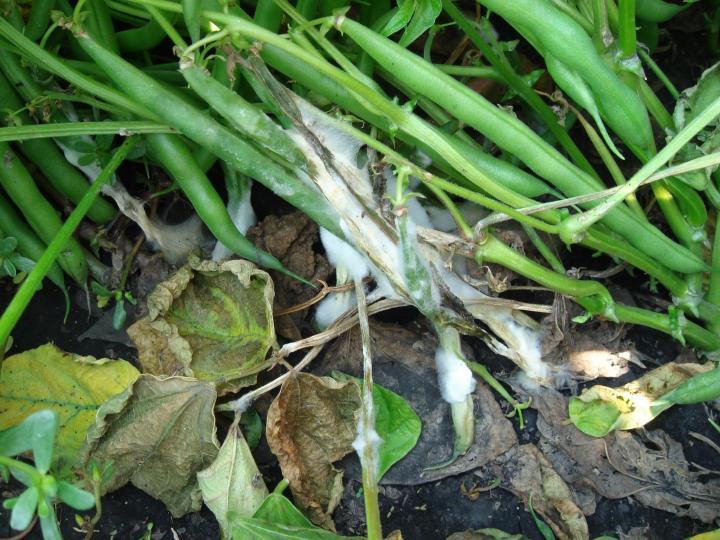 White Mold How To Identify Control And Prevent Garden Fungus Diseases The Old Farmer S Almanac
White Mold How To Identify Control And Prevent Garden Fungus Diseases The Old Farmer S Almanac
 What Is This White Mold Infesting My Tomato Plants Gardening Landscaping Stack Exchange
What Is This White Mold Infesting My Tomato Plants Gardening Landscaping Stack Exchange
 How To Get Rid Of White Mold On Plants Ultimate Guide
How To Get Rid Of White Mold On Plants Ultimate Guide
Comments
Post a Comment